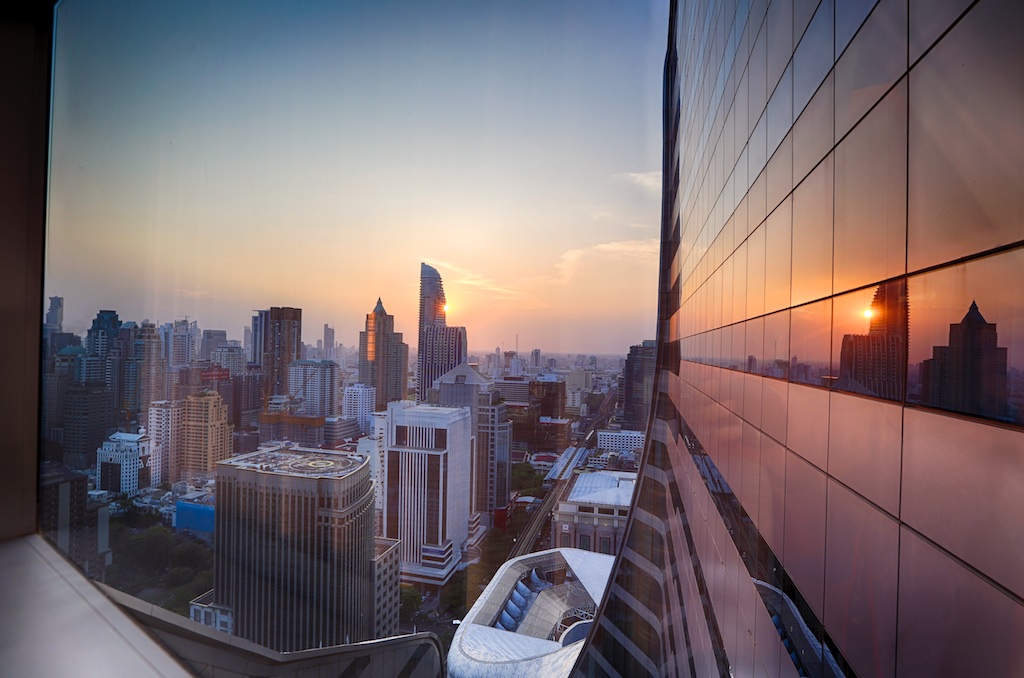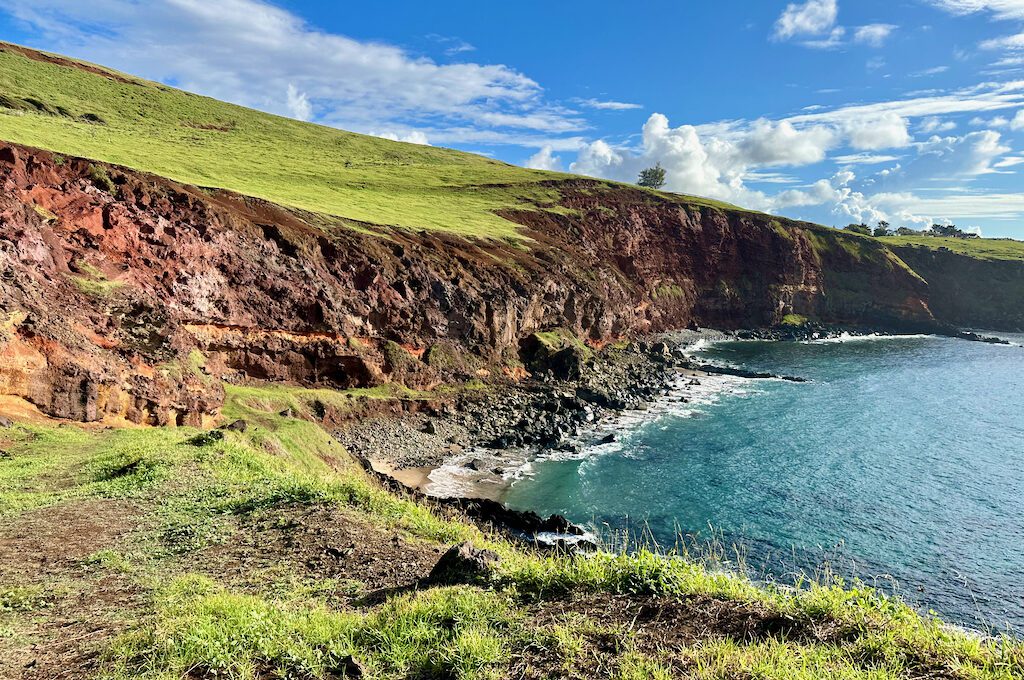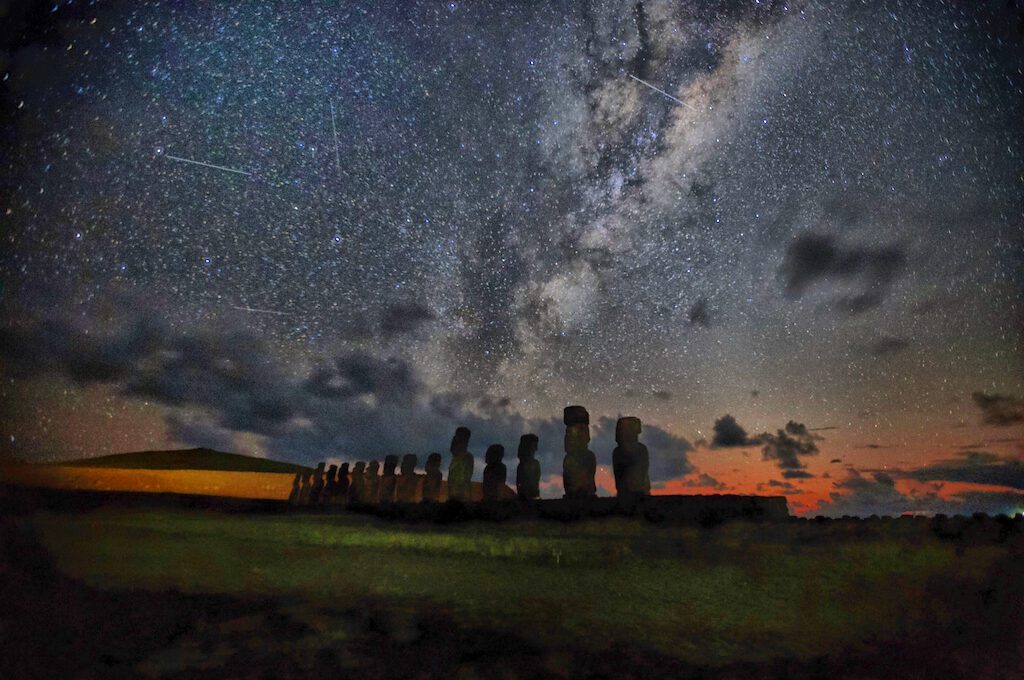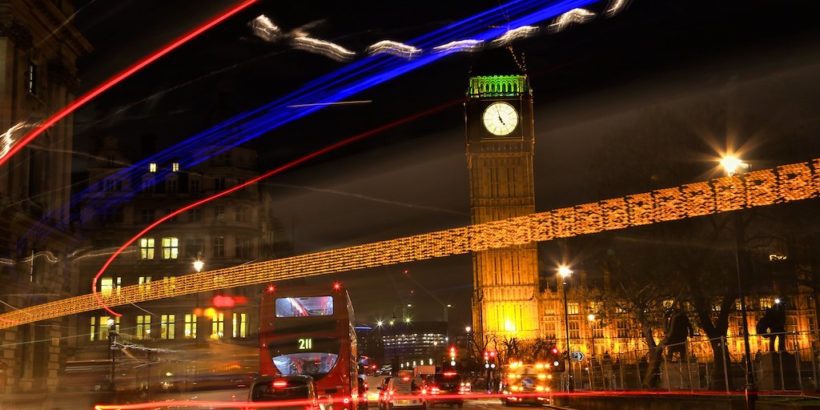Slow travel is a mindful and intentional approach to exploring the world, where the emphasis is placed on quality over quantity and savoring the journey rather than rushing from one destination to another.
It encourages travelers to immerse themselves deeply in the local culture, environment, and experiences of a place, allowing for a more meaningful and enriching travel experience.
It’s about embracing a slower pace, being present in the moment, and fostering a genuine connection with the destinations visited. And after years of largely doing the exact opposite it’s my new style of travel.
My lessons learned
When I initially started traveling, I had a strong desire to visit as many countries as possible in the shortest time frame.
This feeling was natural since I didn’t have much travel experience while growing up. And even when I did start venturing outside the US in college, I was living abroad in a single country like Mexico or Australia where I didn’t explore any other countries.
So at some point I felt compelled to make up for lost time.
As a result, we embarked on some extraordinary trips where we jetted around the world for weeks or even months, sometimes spending just a couple of days (or less!) in each country before hopping on a long flight to a new continent. It was an exhilarating way to travel, but it also presented significant challenges.
Dealing with jet lag, plane fatigue, and the various issues that arise from constant travel was not always easy and took a toll on the body.
But a bigger challenge was connecting meaningfully with those places we were visiting.
When we rushed through countries and spent only a brief time in each place, I found it difficult to form meaningful connections with the destinations.
Lots of time was spent waiting around in busy airports and getting to/from hotels. It was as if I had only glimpsed the outer layer of what each place had to offer without getting a feel for its deeper essence.
Sometimes when I reflected on the memories of certain places I’d visited all I had was a sort of fleeting memory to try to grasp at. Mere glimpses of the wonders I had encountered.
Traveling in a hurry also meant that I often stuck to the well-trodden tourist spots, missing out on the hidden gems that locals cherished. I couldn’t fully immerse myself in the local culture or truly understand the traditions and way of life.
It often left me longing for a more memorable travel experience.

The new approach and its benefits
I now take a vastly different approach to travel. A slower approach.
On a recent trip to Easter Island earlier this year we spent eight days on the island compared to many people who may only venture to the island for a few days.
I found this to be a remarkably more pleasant way to travel.
On previous trips, our days felt like a whirlwind, meticulously planned from morning till night. However, with the new slow travel approach, each day unfolded more organically, sometimes allowing for spontaneous discoveries.
For example, on a whim we spent some time just driving along the coast exploring and we randomly came across a magnificent blow hole (that kept us entertained probably longer than it should have). And then later on, we walked on a tiny secluded beach that was not mentioned in any maps or travel guides.

When we were able to see a lot of sites on those prior hectic trips, it came at a price that to be honest wasn’t always worth it.
One price was just the entire experience flying by.
It was like we blinked after stepping off the plane, and suddenly we were already stuffing our suitcases to head back home. I’ve learned that anytime I feel like life is coming at me 1,000 mph for days on end it’s usually a sign that I’m overcommitting. That’s true even if “fun” is involved.
The other problem was me just getting older.
In my 20s, bouncing around like a hyperactive kangaroo wasn’t a problem but moving around like that in your 30s hits differently.
I can’t count the number of times that I visited a destination while battling extreme fatigue or just a worn out body.
While there is something to be said about pushing through those never-ending marathons of sightseeing, at a certain point you’re not even enjoying the sites any longer and your travel becomes purely a battle of willpower which is not always so appealing.
But on Easter Island we had real downtime.
That is, we had at least half a day on a couple of occasions where nothing was planned. Sometimes this allowed us to rest and other times it allowed us to add on unexpected experiences like exploring some Moai we hadn’t seen.
I also enjoyed staying in the same hotel for several nights as opposed to bouncing around every couple of nights. You truly forget how much time it takes to transfer hotels or even catch a short flight – something that a lot of people realize when doing things like island hopping in Hawaii.
Giving ourselves more time at the destination also allowed us to embark on experiences that otherwise would be difficult to enjoy with a full schedule.
For example, on a few days we woke up around 3 AM in order to go check out some of the brilliant dark skies on Easter Island and see the celestial masterpieces of the Milky Way as well as other deep sky objects found in the southern sky.
This of course meant that we would be exhausted later on in the day due to limited sleep. But by having the extra time to rest, we could actually enjoy something like star gazing without dreading the fatigue we’d be battling later.

On another occasion, we went and enjoyed one of the Polynesian dance shows that lasted well into the night. We knew that in the past, this would have meant sacrificing precious sleep and facing a groggy morning ahead. But with a less-filled schedule it wasn’t a problem. We didn’t even set an alarm.
For culinary fans, spending extra days at a destination is a huge benefit.
On short trips, I often found myself over eating (eating when I wasn’t even actually hungry) because I wanted to try so many different places in a short amount of time. But with more time, I found myself actually developing a real appetite, complete with a growling stomach.
It’s amazing how much better you feel about your dietary choices when your appetite has a chance to catch up to your wanderlust.
It also makes it more practical to take advantage of grocery stores which is a great way to experience a destination. Nothing will make you feel more like a savvy local than picking up fresh produce, artisanal cheeses, and exotic snacks that are a far cry from the usual touristy fare.
In the end, the extra time we spent on Easter Island meant that we missed out on experiencing another country and adding to the ole country count. Most likely this would’ve been Peru or Brazil where we could’ve spent probably three full days.
While I would have loved to have experienced one of those countries, the extra time meant that I got to dive deep into this island paradise, embracing the “island time” vibe that renders any attempt at a rushed pace futile in any event.
When I close my eyes and think back on my time spent on Easter Island, it’s not just fleeting snapshots that come to my mind, but a vivid and profound experience etched deeply into my memory.
Slow travel gifted me with the opportunity to go beyond the surface and truly understand the essence of this place. I recall the locals (the good and bad), the magical sunsets, the breathtaking night skies, and the thrill of tracing the ancient mysteries of moai in a way that I just wouldn’t be able to do with less time.
I truly felt like I was able to peer into the soul of the island, understanding its rhythms, and embracing its essence in a way that will forever resonate within me.
So going forward I think I’m addicted to this new type of slow travel and those fast paced travel days are now a thing of the past.
Daniel Gillaspia is the Founder of UponArriving.com and the credit card app, WalletFlo. He is a former attorney turned travel expert covering destinations along with TSA, airline, and hotel policies. Since 2014, his content has been featured in publications such as National Geographic, Smithsonian Magazine, and CNBC. Read my bio.

